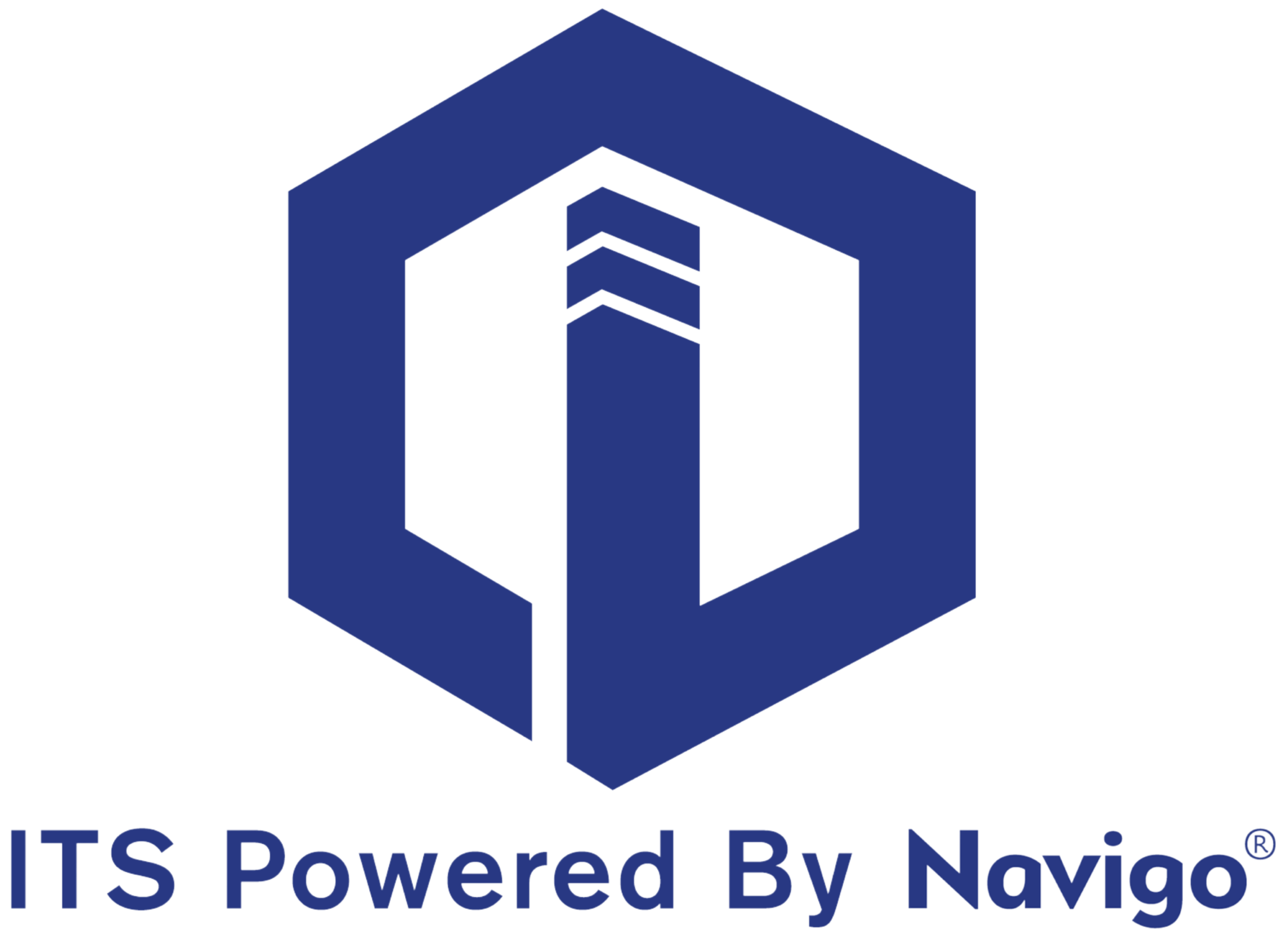Headquarters
7150 Columbia Gateway Drive, Suite L, Columbia, MD 21046
New York Location
112 West 34th Street, 18th floor, Room 18025 New York, NY 10001

Navigating a Campus or Office Park Without Digital Wayfinding: Challenges for Individuals with Mobility or Disability Needs
6 minute read | Updated February 3, 2025
For individuals with mobility challenges or disabilities, navigating a large campus or office park can be a daunting task—especially when digital wayfinding solutions like Navigo® Wayfinding are not in place. Traditional navigation methods often fall short in providing accessible, real-time guidance, leading to significant obstacles that impact independence, efficiency, and inclusivity.
Key Challenges Without Digital Wayfinding
1. Lack of Accessible Directions
Many campuses and office parks rely on static signage, printed maps, or verbal directions, which are often inadequate for those with mobility impairments. These methods do not provide real-time, step-by-step navigation or alternative routes in case of obstacles like broken elevators or construction zones.
2. Difficulty Finding Accessible Routes
Without a digital wayfinding system, individuals using wheelchairs, walkers, or other mobility aids may struggle to identify:
- Wheelchair-accessible paths that avoid stairs and steep inclines
- Elevator locations and whether they are in service
- Curb cuts and ramps necessary for smooth movement between buildings
A printed map may show an elevator location, but it won’t alert users if it’s out of service—causing delays and frustration.
3. Unclear Signage or Poor Visibility
Signage can be confusing, poorly placed, or difficult to read for individuals with visual impairments. Digital wayfinding solutions can offer audio directions, high-contrast maps, and text-to-speech features that static signs simply cannot provide.
4. Inefficient Assistance and Longer Travel Times
Individuals with disabilities often have to rely on security personnel, receptionists, or coworkers for navigation assistance, which can be time-consuming and limit their independence. Without an intuitive, digital solution, travel across a large campus may take significantly longer, impacting productivity and accessibility.
5. Challenges in Emergency Situations
During emergencies, such as fire alarms, power outages, or medical incidents, people with disabilities need instant access to the safest exit routes. Traditional signage and paper maps do not update dynamically, making it difficult to determine which exits are accessible during emergencies.
The Key Takeaway
A Navigo® Wayfinding system provides real-time, accessible navigation tailored to individuals with disabilities. Features such as:
✅ Interactive maps that highlight accessible routes
✅ Live updates on elevator outages and construction detours
✅ Voice-guided and screen-reader-friendly interfaces
✅ Customizable route planning based on mobility needsBy integrating digital wayfinding technology, businesses and campuses can enhance accessibility, promote independence, and improve the overall experience for all visitors.
The absence of digital wayfinding solutions presents real challenges for individuals with mobility or disability needs. As businesses and institutions strive to create more inclusive environments, investing in Navigo® a critical step toward ensuring equal access, efficiency, and safety for everyone on campus or in an office park.
Explore itouchinc.com for more information on our solutions or contact us for needs unique to your property or project.
7150 Columbia Gateway Drive, Suite L, Columbia, MD 21046
112 West 34th Street, 18th floor, Room 18025 New York, NY 10001
Toll-Free
Phone
© Copyright 2025 ITS, Inc. All rights reserved.
Stay in touch with the latest news and updates from ITS, Inc.
7150 Columbia Gateway Drive, Suite L
Columbia, MD 21046
112 West 34th Street, 18-025
New York, NY 10001